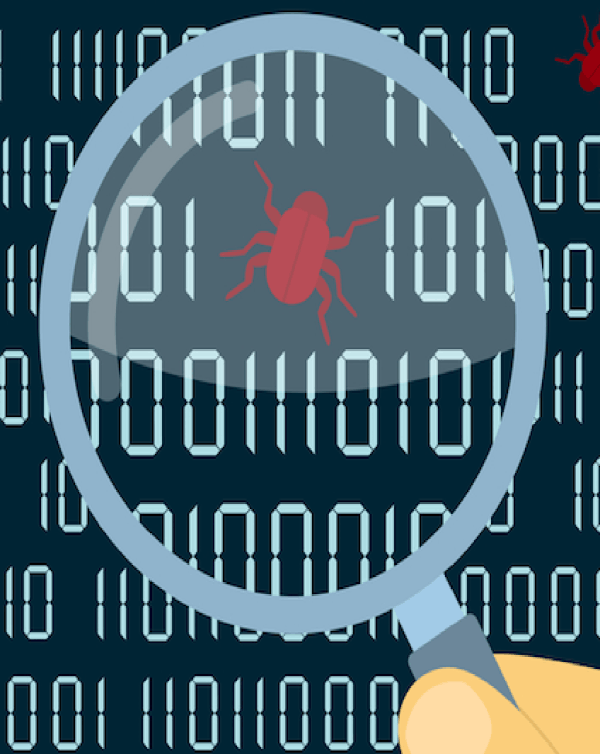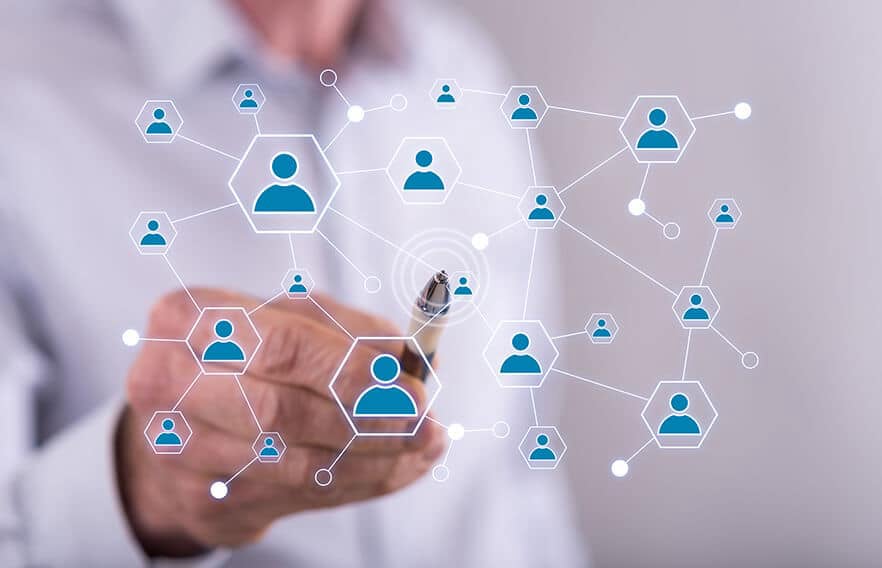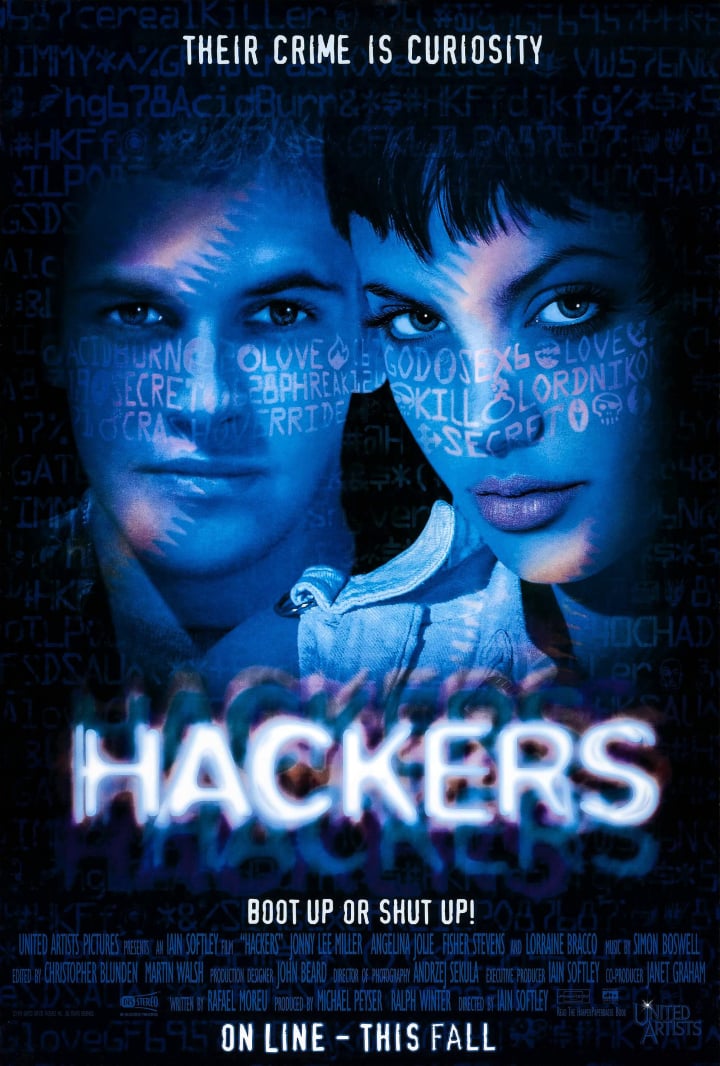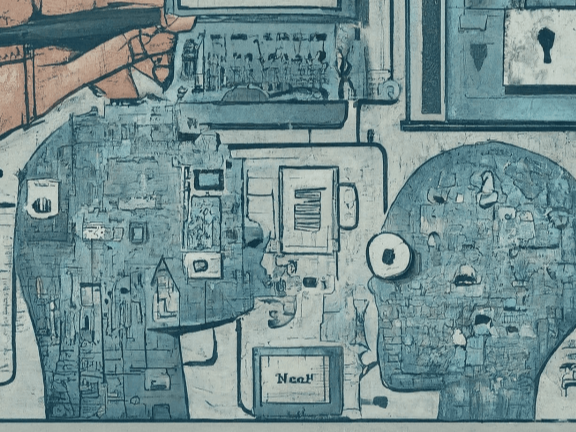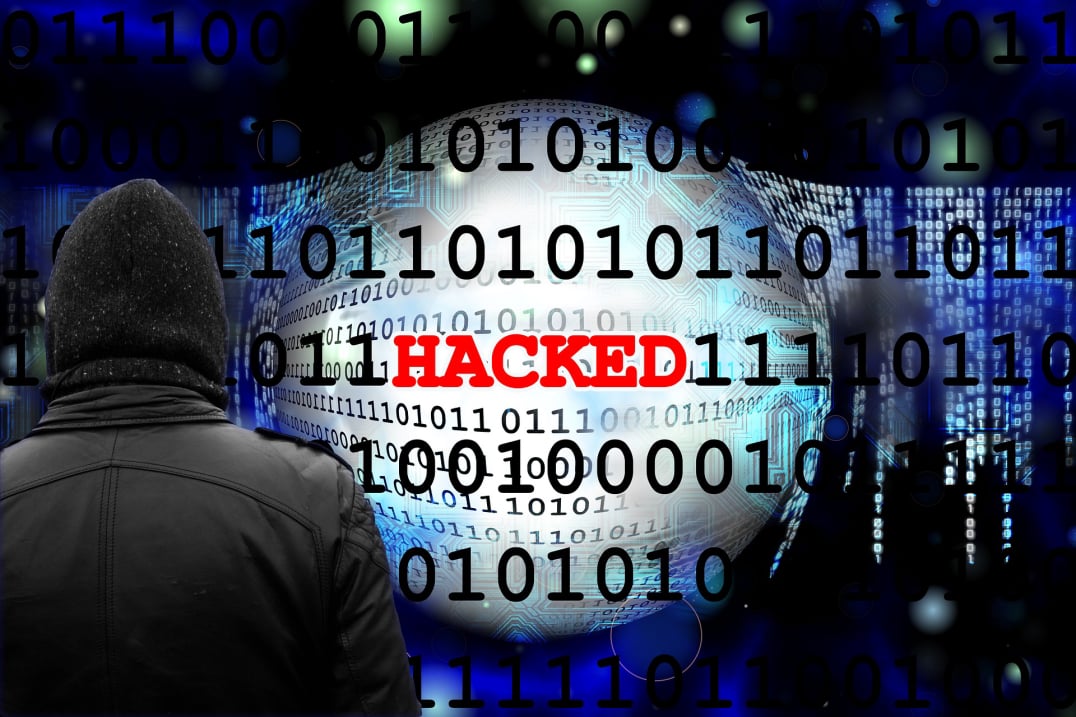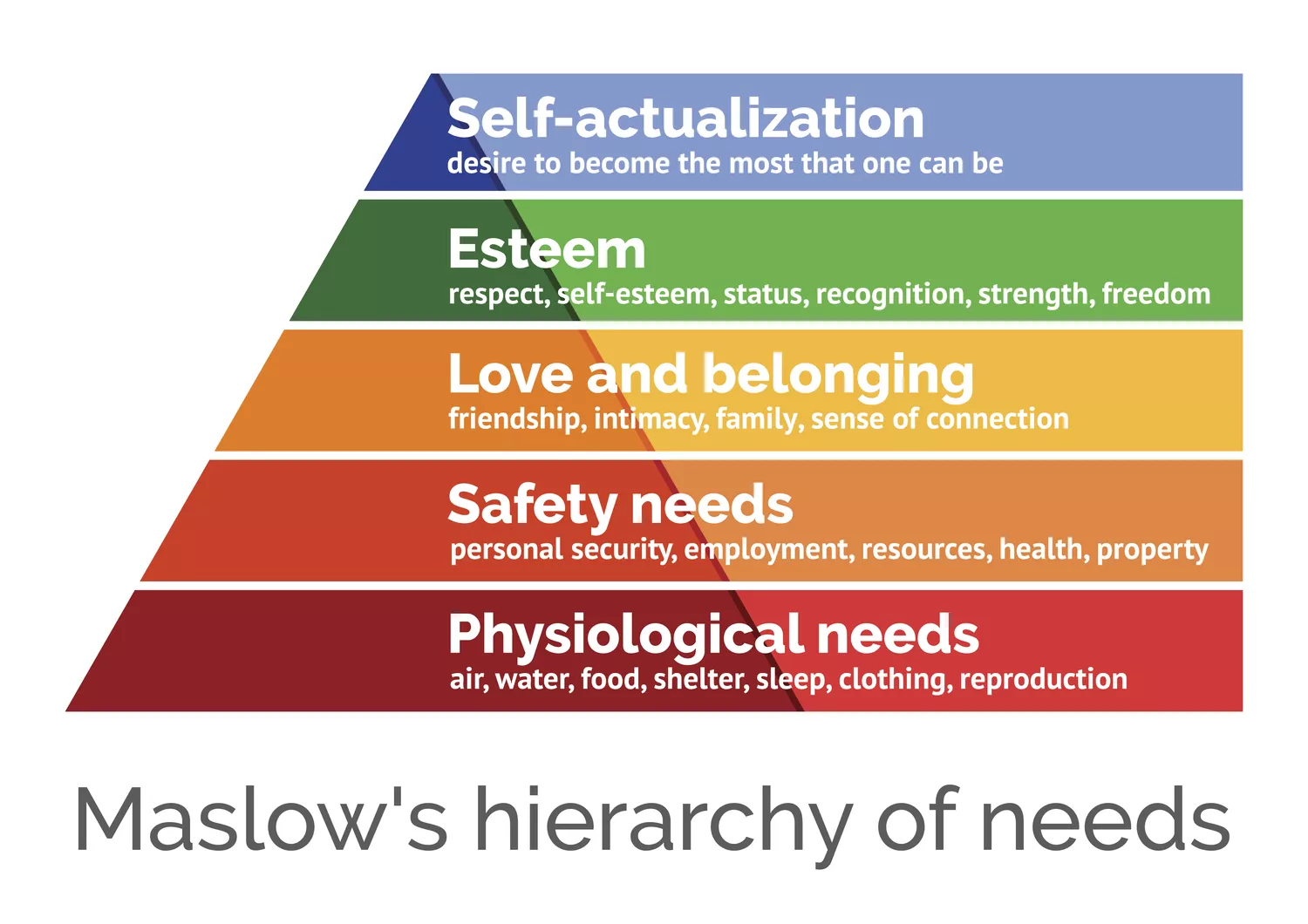Journal 2 - 1/20/24
On The Principles of Science as They Pertain to Cybersecurity
In his book “The Social Order,” Robert Bierstedt explores the relationship between the social and natural sciences. Bierstedt argued that the social sciences should adhere to the same principles as the natural sciences to achieve a more scientific understanding of human society. These principles include relativism, objectivity, parsimony (or simplicity), skepticism, ethical neutrality, and determinism. I think applying these principles is very important for the social sciences, as they give it something firm on which to stand, beyond hunches and hypotheses. In his book review, Brother D. Augustine wrote that Bierstedt “produces respect for sociological reasoning and leaves the impression that sociology makes positive contributions to science. Indeed, credence is lent to the claim that there are some definite principles of sociology.” (The American Catholic Sociological Review, Vol. 19, No. 2 (Jun., 1958), pp. 161-162). I think that this statement shows how at the time, the social sciences had a reputation for not “mak[ing] positive contributions to science” probably due to this fact. Regarding cybersecurity from a multi-disciplinary view, I think that this inclusion of the principles creates a common foundation upon which we can integrate the sometimes non-deterministic areas of social science with the programmatic ideas of computer science.
Let us walk through the principles and consider their relation to cybersecurity in a multi-disciplinary application. The first is relativism. Cybersecurity is a far-reaching domain and affects and is affected by many others, including information technology, criminal justice, and education. With so much influence in areas that affect our daily lives, objectivity, our next principle, can be difficult. However, the internet does not care about our preferences, nor should we bring them into the discussion. Parsimony, or the principle of simplicity, feels at home in cybersecurity. The “human element” is certainly present here, but much of cyberspace is, well… cyber. Dominated by the simplistic on/off of ones and zeros, causality in a programmatic system may seem mysterious in certain circumstances but is almost always present. One of my favorite anecdotes when the topic of artificial intelligence (AI) comes up, is the challenges of creating an AI that is not racist or misogynistic. Because the vast majority of the internet, which is usually used as the training source of machine learning and AI models, reflects the fallible nature of people, it can be challenging to keep an AI from picking this up, and guardrails must be put up to prevent it. Similarly, we must prevent our shortfalls from entering into our science; we must always remain ethical. Lastly determinism. Determinism poses challenges in understanding human choices, as past decisions absolutely influence current ones but cannot be the sole “determining” factor. While deterministic models acknowledge variability as "the human factor," the dynamic nature of cybersecurity suggests that predicting hacking activities solely through determinism is limited.

